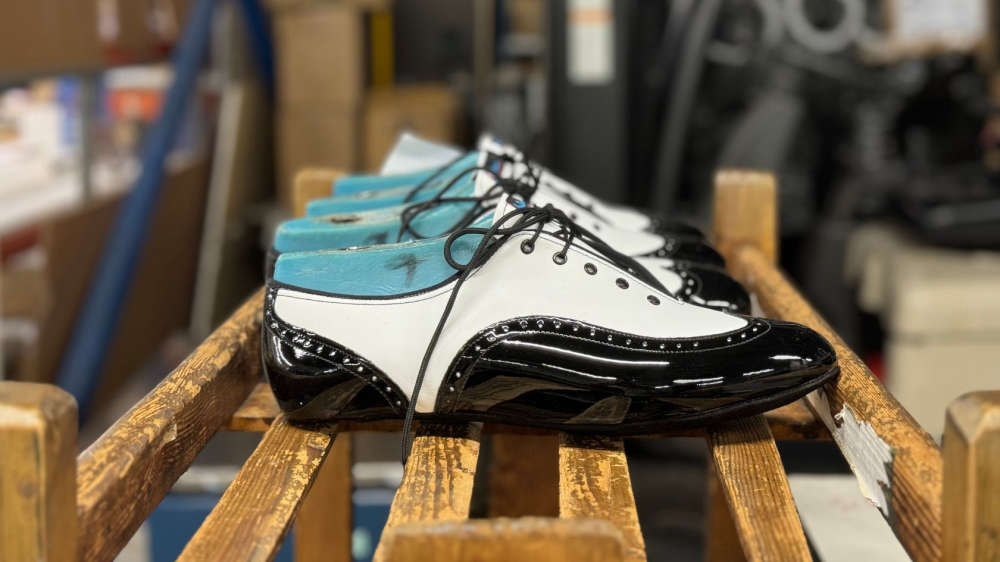
This Spring and early Summer has been a hot one - and temperatures look set to continue to reach the early 30s for the foreseeable future.
While the weather may be enjoyable for some, it can be a tricky time for British gardeners trying to keep their gardens looking green and healthy. Now, an expert from Hogshaw Farm & Wildlife Park, a family attraction located in central Buckinghamshire, has put together a guide to help create a drought-tolerant garden.
From the right plants to choose that will thrive in drier conditions, to tips on when to water, the guide will help British gardeners to create a healthy haven even if we have a hosepipe ban.
Ollie Lockland is the professional gardener responsible for maintaining a beautiful walled garden and planting schemes across Hogshaw Farm & Wildlife Park. He explained that drought-tolerant planting is increasingly important as climate change means we’re experiencing periods of hotter temperatures and also longer, drier spells of weather.
“From a sustainability perspective, drought tolerant plants are also typically perennials, which means you buy once and enjoy them for many years, unlike seasonal bedding plants.
“These plants are also really good for encouraging mini beasts, for example pollinating insects, bees and butterflies, as well as the pest controlling bugs such as ladybirds and lacewings. The more of those we have, the better the outcome for our wider farming and countryside (as they help with the pollination of crops), but also because it then encourages additional biodiversity. More bugs equals more birds, equals more fertilisation of other plants (berries and seeds), equals more food sources for other wildlife.
“This guide should help those interested in creating a drought tolerant garden get going, and enjoy a long-lasting and beautiful space.”
Ollie’s top tips include:
Choose drought tolerant plants
There are many plants that fit the bill when it comes to being drought tolerant, and some also have lovely flowers and are great for pollinators. Top picks include:
- Lavender
- Camomile
- Ornamental grasses
- Nepeta (aka Catmint or Catnip)
- Achillea (aka Yarrow)
- Echinacea
- Helenium
Plant herbs
Herbs, such as fennel, coriander, parsley, chives and thyme are great multipurpose plants because they’re typically quite drought tolerant, actually have a use (culinary) as well as looking pretty, are great sensory plants because of their aromatic leaves, and when left to flower are really good for pollinators.
Plant in the ground
General advice for drought tolerant planting is to plant in the ground if possible, so plants can take root and roots can go deeper for moisture. Container planting is harder because pots don’t retain moisture as well. However, if you have a small garden, or balcony and need/want to use containers, look for annual, open-pollinated flowers that are quite drought tolerant such as calendula, lavender and nasturtium. Don’t forget to save the seeds of the nasturtium so you can plant again next year.
Choose sustainably
Worst plants for drought (and sustainability) include all of the typical seasonal annual bedding plants you’d usually see laid out in garden centres, for example pansies. They’ve been bred for a one-off show of colour, which means resources are needed every year to grow more and replace. They’re also not drought hardy, tend to be fairly delicate/needy and require lots of watering.
Invest in a water butt
A hosepipe ban is likely this year, and even the hardiest of plants require some level of watering. Get a water butt to collect rain water from your guttering, and use this when needed to water your plants. You can even go one step further and recycle water from other uses, such as cooking water.
Don’t water in the heat
It might seem like a good idea to water your plants when they are suffering in the heat, but actually it’s the time you should avoid. If possible, water plants in the morning - there will be less evaporation, better absorption, and less overall water wastage at that time of day. Evenings are also a better alternative than in the day.
Pile on the mulch
Use a thick mulch around the base of your plants to help retain moisture and deflect the sun (e.g straw, woodchip). This will help prevent water wastage and protect your plants from excessive heat damage.
















